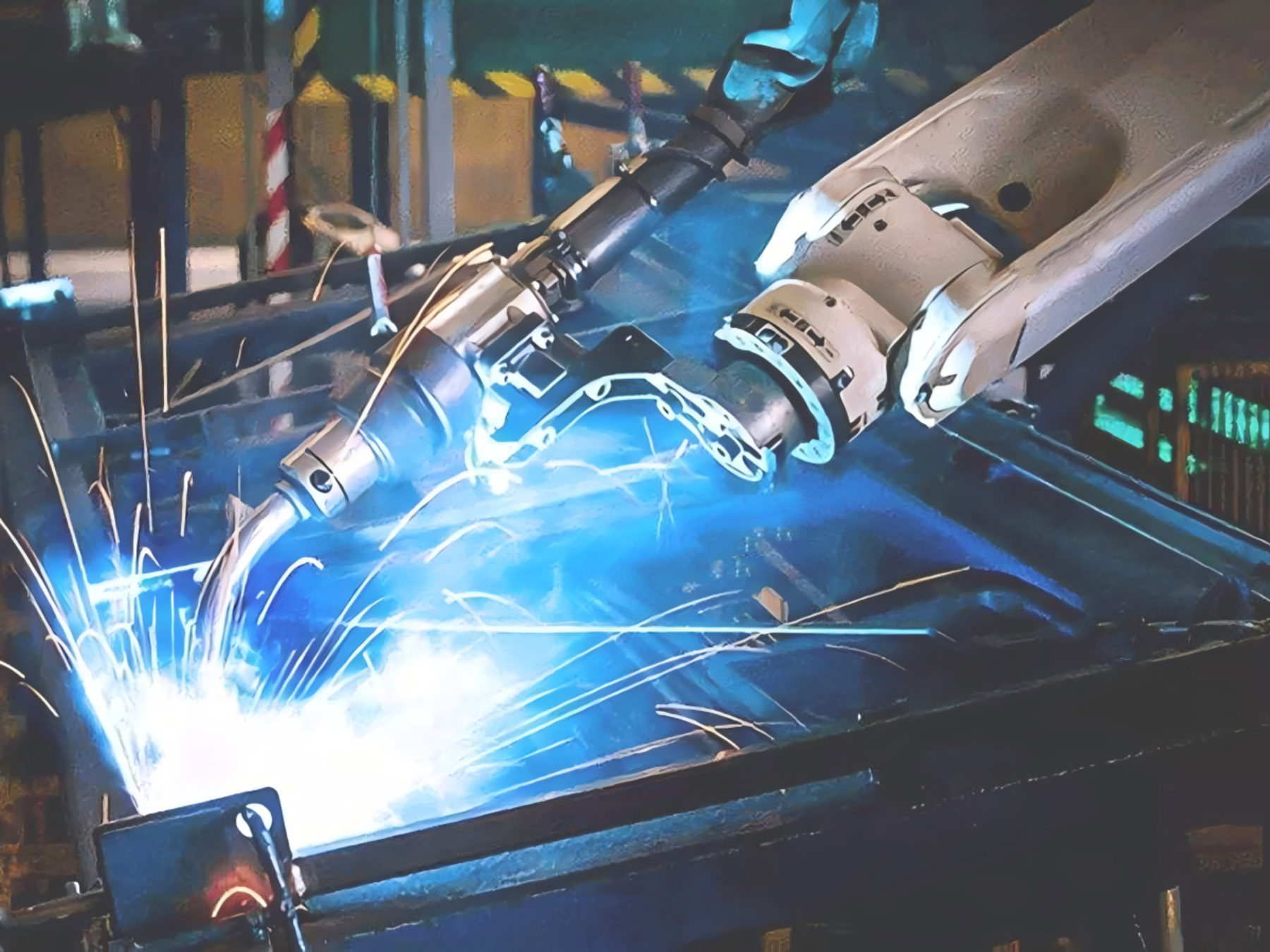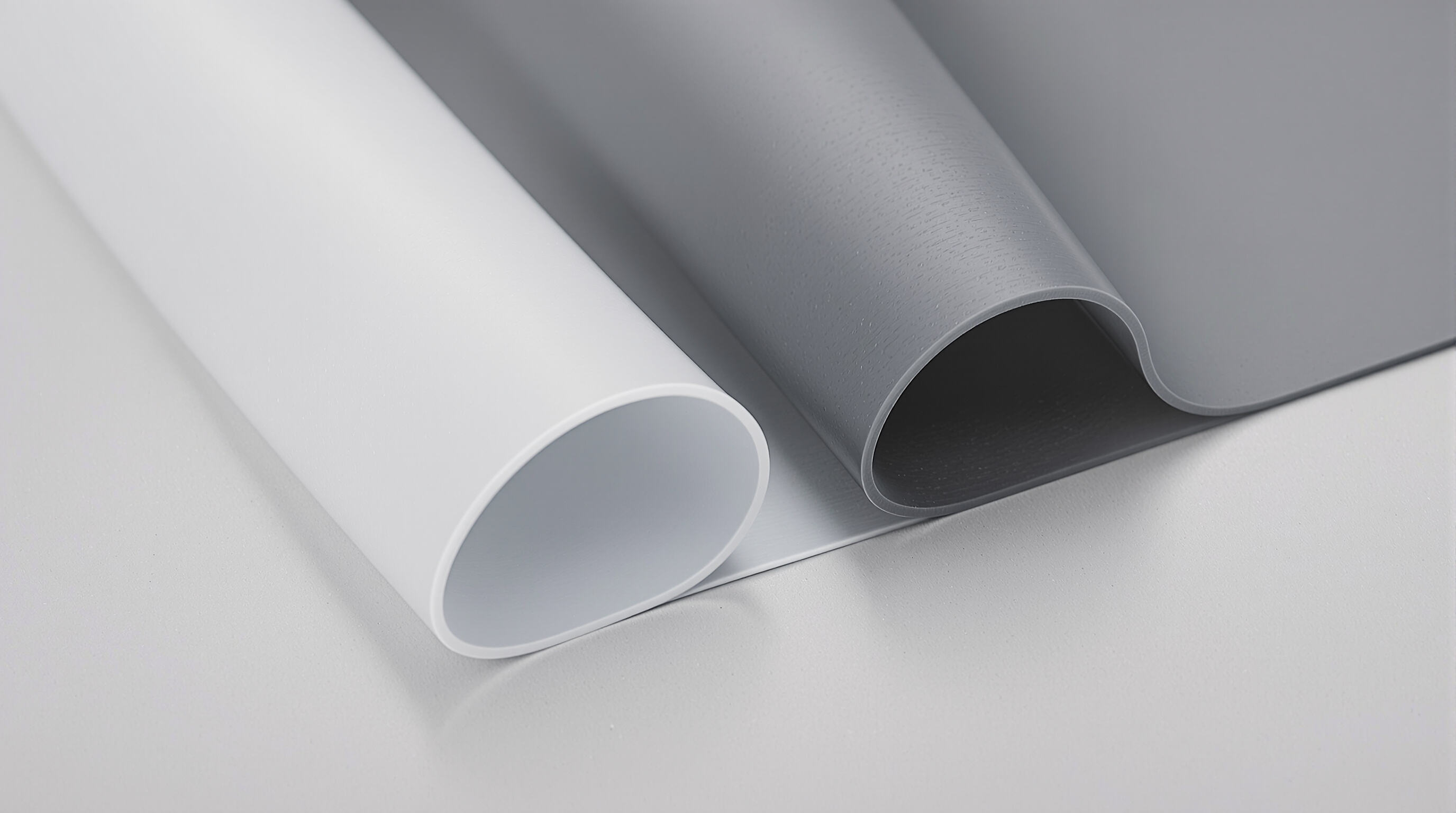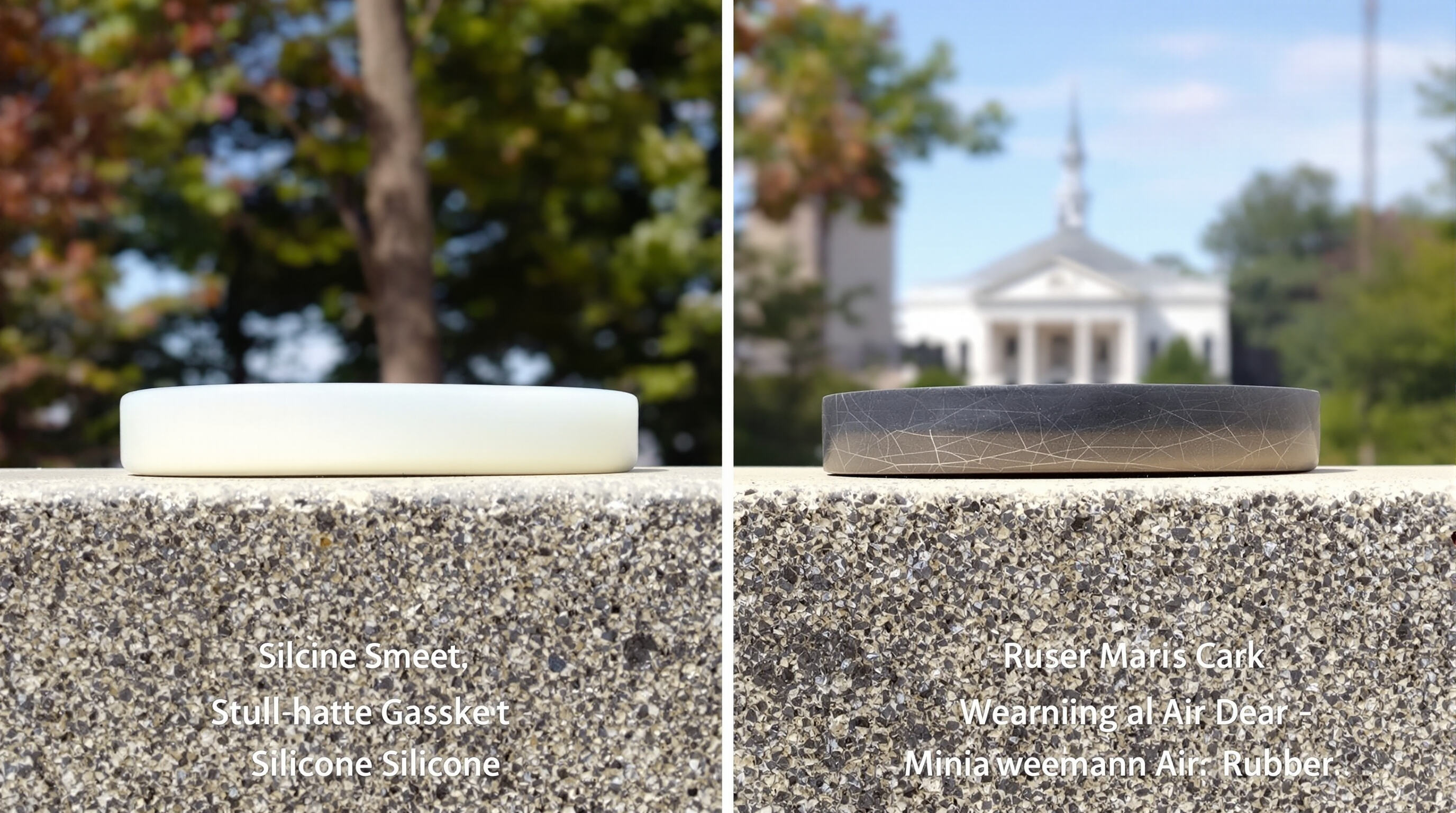

Silicone gaskets have this special silicon-oxygen backbone that gives them amazing thermal stability and makes them really resistant to oxidation. When we compare this to the carbon-carbon chains found in synthetic rubbers such as EPDM or nitrile rubber, the difference becomes clear. The inorganic nature of silicone allows it to stay flexible even when temperatures swing from super cold at -55 degrees Celsius all the way up to a scorching 230 degrees Celsius. On the flip side, those carbon based rubbers need something called vulcanization to stabilize their polymer structure. Unfortunately, this means they tend to break down faster when exposed to high temperatures or sunlight over time.
| Component | Silicone Gaskets | Synthetic Rubber Gaskets |
|---|---|---|
| Fillers | Silica (improves tear strength) | Carbon black (enhances durability) |
| Curing Agents | Peroxides (create heat-resistant bonds) | Sulfur (forms cross-links at lower temps) |
| Plasticizers | Rarely needed due to inherent flexibility | Petroleum-based oils (prevent brittleness) |
Silicone formulations typically require fewer additives to achieve target performance, reducing the risk of long-term degradation from leaching or breakdown of plasticizers.
Silicon-oxygen bonds pack roughly 50 percent more energy than carbon-carbon links, which explains why silicone springs back so well after being compressed. Tests following ASTM D395 standards show some interesting contrasts too. Nitrile rubber tends to lose anywhere from 15 to 25% of its ability to seal properly once compressed, whereas silicone holds onto most of its shape. Even after sitting under pressure for 10,000 hours straight at 150 degrees Celsius, silicone only shows around 10% compression set. That kind of durability is exactly what engineers need when designing parts that must withstand constant temperature changes or heavy mechanical loads over time.
Silicone gaskets can handle pretty extreme heat, staying intact even when temps reach around 230 degrees Celsius. That's roughly twice what EPDM materials can manage before breaking down at about 150C, and three times better than standard nitrile rubber options. The reason behind this impressive heat tolerance lies in the chemical structure of silicone itself. Its silicon-oxygen backbone just doesn't break down like other materials do when exposed to high temperatures for long periods. Take steam valves as a practical example. While EPDM seals tend to start falling apart after only a few months in these harsh conditions, silicone maintains its shape and performance characteristics with compression sets remaining under 15% throughout similar service life spans.
Silicone stays pretty flexible even at really cold temps like -50°C, holding onto about 85% of what it normally does. That's way better than nitrile or neoprene, which start getting stiff when things drop below -30°C. The ability to stay pliable matters a lot for stuff like sealing freezers or those massive oil pipes in the Arctic, where regular materials just crack and break down. We've seen this happen in actual LNG facilities too. Tests there found that silicone gaskets can stick around for roughly ten times as long as neoprene ones when dealing with the extreme cold of -162°C. Makes sense why so many industries are switching over these days.
Rubber materials made from carbon tend to break down quicker when exposed to repeated temperature changes. Take EPDM for example it loses about 40% of its tensile strength after sitting at 135 degrees Celsius for 1,000 straight hours. Silicone on the other hand holds up much better, showing less than 10% degradation even after being heated to 200 degrees for the same period. Real world testing shows this makes all the difference in tough environments like turbine exhaust systems where temperatures can spike intermittently. Silicone parts last well over 15 years in these conditions, sometimes reaching 260 degrees Celsius without failing. That means no more replacing gaskets every three months like we see with standard nitrile rubber, which just cant stand up to the heat over time.

Silicone holds up pretty well against non-polar stuff like solvents and alcohols, though it tends to swell when exposed to hydrocarbons. Nitrile rubber is actually better suited for places where there's lots of oil and fuel around. EPDM works great with polar chemicals including acids and alkalis, but doesn't fare so well when coming into contact with petroleum based fluids. Take silicone for instance it keeps about 90% of its tensile strength even after sitting in ASTM #3 oil for 1,000 hours. Meanwhile, nitrile will lose roughly 40% of its elasticity under those same conditions according to data from the Material Compatibility Report published last year. This kind of information helps engineers pick the right material for specific applications.
Silicone's cross-linked structure limits swelling to less than 5% volume increase in aggressive media, outperforming neoprene (15–20%) and EPDM (10–12%). Over five-year industrial cycles, silicone maintains less than 10% compression set compared to 25–35% for rubber alternatives, cutting resealing frequency by half (Gasket Durability Study 2022).
Silicone inherently resists UV radiation and ozone without requiring stabilizers, maintaining flexibility after 10,000 hours in accelerated weathering tests. EPDM achieves outdoor durability through carbon-black additives, but becomes brittle at low temperatures. In coastal installations, silicone shows minimal surface cracking (<0.5 mm) after three years, compared to 2–3 mm in unprotected neoprene.
Silicone gaskets typically show tensile strengths ranging from around 4 to 12 MPa, while they can stretch up to 90-100% before breaking. These properties mean they perform really well when subjected to constant movement or stress. The material works great for creating seals in equipment that vibrates a lot like pumps and other industrial machinery. According to ASTM D412 tests, silicone maintains about 85% of its flexibility even at freezing temperatures down to -40 degrees Celsius. That's significantly better than alternatives like nitrile or EPDM rubber, which tend to get stiff and lose effectiveness once temperatures drop below -20 degrees Celsius.
Silicone shows better resilience after sitting under pressure for 500 hours at 150 degrees Celsius, with only about 15 to 25 percent compression set. That's significantly better than EPDM which typically experiences around 30 to 50 percent compression. For flange systems meant to last many years, this kind of recovery makes all the difference. What really stands out is how the cross linked structure of silicone resists permanent shape changes even when exposed to extreme temperatures ranging from minus 60 to 230 degrees Celsius. This has been confirmed through testing standards like ASTM D395, giving engineers confidence in its long term performance under challenging conditions.
Field tests where materials face simultaneous UV rays, chemicals, and repeated stress show that silicone keeps about 90% of its original seal strength even after five long years out there. The situation is quite different for neoprene though. When put through similar real world conditions, it starts to break down pretty quickly, losing around 40% effectiveness in just two years because ozone causes those annoying surface cracks over time. Based on these findings, many engineers now prefer silicone for things like offshore oil rigs, solar panel installations, and industrial chemical plants where materials get hit with multiple stresses all at once. Makes sense really when looking at how well it holds up compared to alternatives.
When it comes to medical devices and food processing gear, silicone stands out as the go-to material because it's safe and meets those important FDA and NSF requirements. What makes silicone so special compared to materials like EPDM or nitrile? Well, it doesn't let microbes take hold and can handle being sterilized over and over again even when temps hit around 135 degrees Celsius (that's about 275 Fahrenheit) without breaking down. The real kicker though is how stable silicone remains. It won't release any nasty chemicals into whatever it touches, which explains why we see it everywhere from hospital IV systems to dairy plant valves. For industries where contamination just isn't an option, this property of silicone becomes absolutely critical.
When it comes to automotive and HVAC systems, material choice really hinges on what the part needs to do day in and day out plus how long it should last. Nitrile rubber works great for sealing fuel lines since it stands up well against oils, though when things get hot under the hood with temperatures swinging from as cold as -50 degrees Celsius all the way up to scorching 200 degrees, silicone just does a better job. Most folks stick with EPDM for those outdoor cooling tower applications because it handles rain, sun, and whatever else Mother Nature throws at it. But when we're talking about heat exchangers that regularly go above 150 degrees Celsius, silicone becomes the go-to option. According to some research published last year, after being exposed to extended engine heat, silicone kept about 92% of its compression properties while nitrile only managed around 78%. That means fewer replacements and less downtime for trucks and other heavy duty vehicles over time.
| Factor | Silicone Advantage | Rubber Alternatives |
|---|---|---|
| Temperature Range | -60°C to +230°C | EPDM/Nitrile: -40°C to 150°C |
| Chemical Exposure | Acids, bases, UV/ozone | Nitrile for oils, EPDM for weather |
| Compliance Needs | FDA/NSF/medical-grade | Limited certifications |
| Cost Efficiency | Higher initial cost, lower lifecycle cost | Lower upfront, shorter lifespan |
Choose silicone for extreme temperatures, sterilization requirements, or intense UV exposure. Select EPDM for cost-effective outdoor seals and nitrile for petroleum-based systems where initial cost is a primary concern.
What are the primary differences between silicone and rubber gaskets in terms of chemical structure?
Silicone gaskets have a silicon-oxygen backbone offering excellent thermal stability, whereas rubber gaskets like EPDM or nitrile consist primarily of carbon-carbon chains that need vulcanization for stability, which can degrade more quickly under heat and sunlight.
Why are silicone gaskets considered better for high-temperature applications?
Silicone gaskets can withstand higher temperatures up to 230°C due to their strong silicon-oxygen backbone, whereas materials like EPDM and nitrile break down at lower temperatures, around 150°C and below.
How do silicone and rubber gaskets compare in terms of UV and ozone resistance?
Silicone inherently resists UV radiation and ozone without requiring additional stabilizers, maintaining flexibility even after prolonged exposure. In contrast, rubber options like EPDM need carbon-black additives for outdoor durability but can become brittle under UV stress without protection.